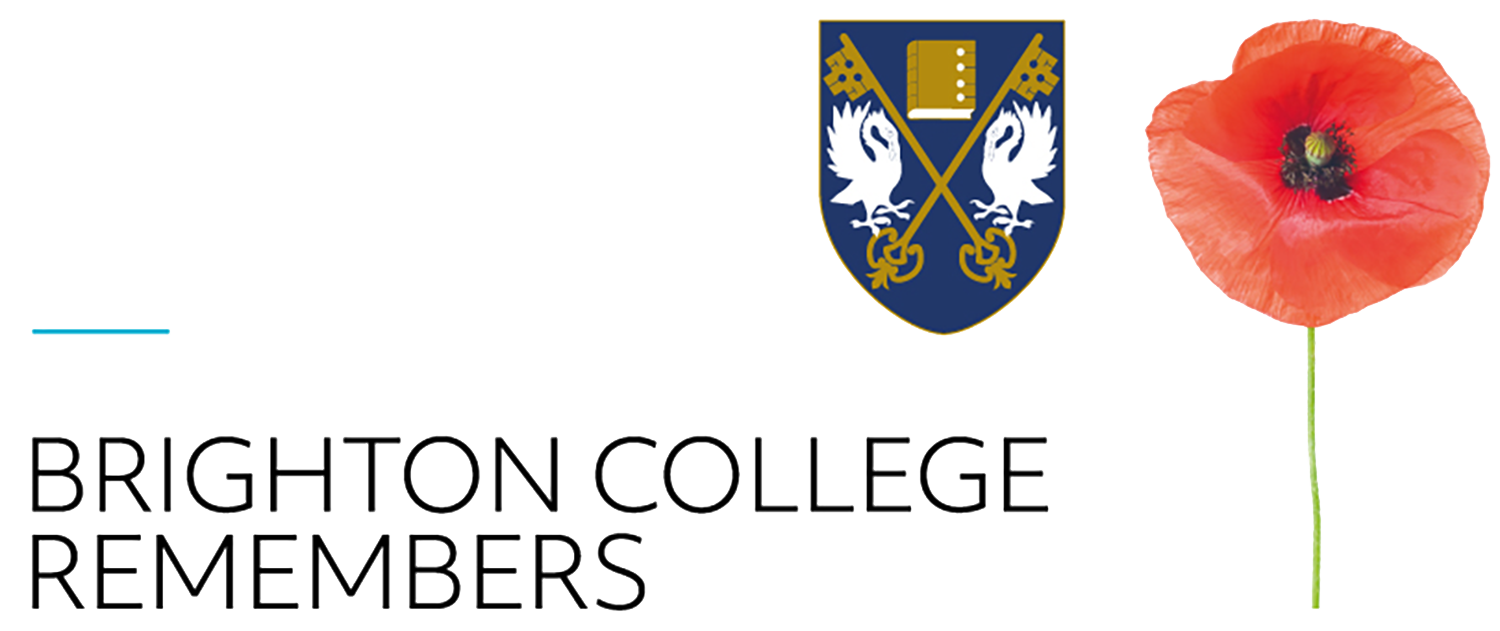Second Lieutenant, Norfolk Yeomanry
Born: October 25th 1893
Died: April 29th 1917
Age at Death: 23
Died of wounds, France, April 29th 1917
Grave Reference: III. H. 38. Duisans British Cemetery, Arras, France.
Son of Rev. W.S. Clapp, Rector of Ashley, Stockbridge.
Brother of John Henry Clapp (Sc.1910-14).
Obituary Brightonian XV July, 1917
W.G.E. Clapp was the eldest son of the Rev. W. S. and Mrs. Clapp of Ashley Rectory, Stockbridge. Born at Sidmouth Devon, in 1893, he entered the School House in May 1910, and remained there until the end of the Easter term 1912. After leaving School he took up farming, and was a pupil near Basingstoke when the war broke out. He joined the Inns of Court O.T.C. (mounted section) early in 1915, whence he gazetted to the Yeomanry in September of the same, 1916. He was spoken of by his squadron leader as "one of the keenest to go and a most capable and reliable officer". While attached to the Norfolk Regiment, he was leading his platoon to the attack on April 28th when he fell. His Colonel writes: "He had done very good work with his Battalion, and although at first things were a little strange to him, coming from the Yeomanry, he soon settled down and was one of my most promising young officers. He was very popular alike with both officers and men, and his place will be very difficult to fill."
2nd Lieutenant William Gilbert Elphinstone Clapp
William Clapp was born on 25th October 1893 in Sidmouth, Devon. He was the elder son and third child of the Rev. William Clapp, Rector of Ashley, Stockbridge, and his wife Louisa (nee Clack). He was educated first at Allhallows School, Honiton, Devon before finishing his schooling at the College. Thereafter he attended Haper-Adams Agricultural College in Devon and was then a pupil to a gentleman farmer near Basingstoke.
On 20th September 1916 he received a commission in the Norfolk Yeomanry but was then attached to the Norfolk Regiment in France from December 1916. On the 28th April 1917 he sustained wounds leading his platoon in an attack during the Battle of Arras, and died of them the following day at No 41 casualty clearing station.
His grave is in Duisans British Cemetery, Arras, France.
Source: LEST WE FORGET PROJECT, Brighton College 2014/15

